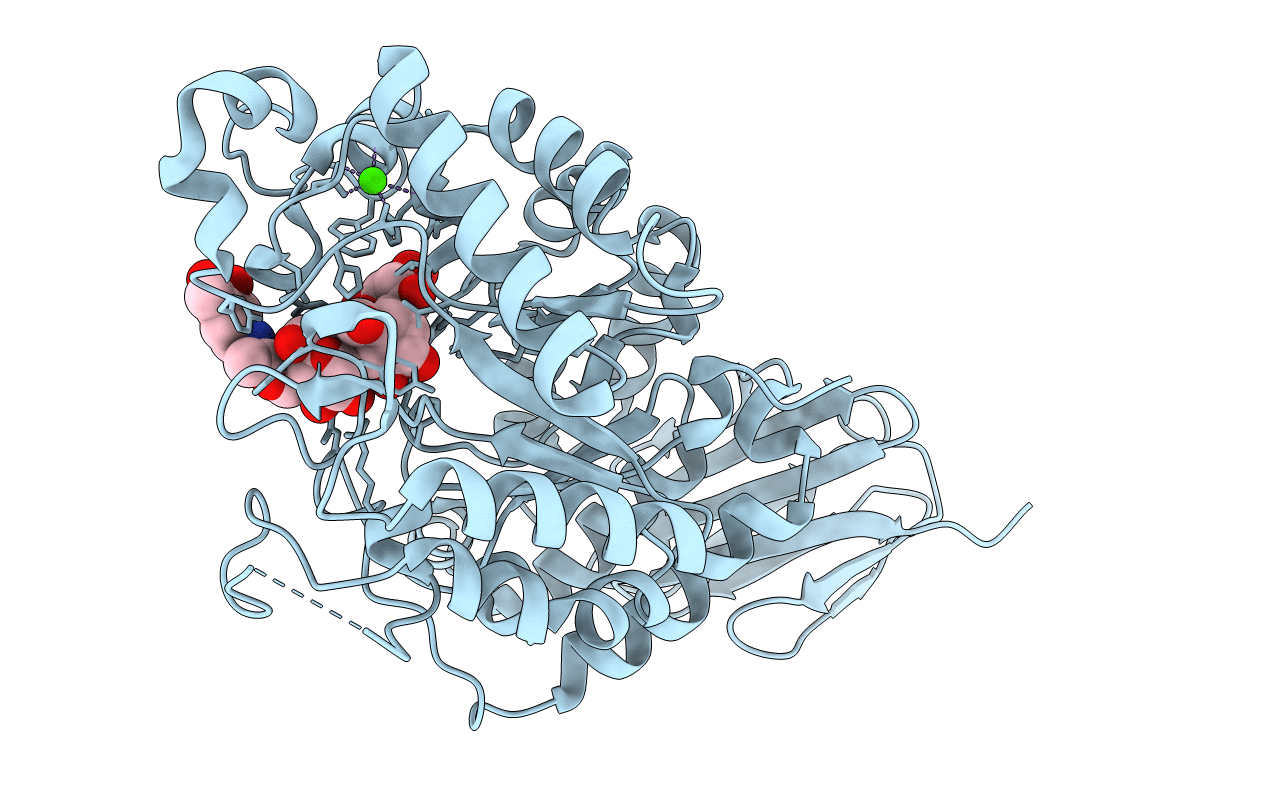
Deposition Date
2012-03-09
Release Date
2013-03-13
Last Version Date
2023-11-08
Entry Detail
PDB ID:
4E2O
Keywords:
Title:
Crystal structure of alpha-amylase from Geobacillus thermoleovorans, GTA, complexed with acarbose
Biological Source:
Source Organism:
Geobacillus thermoleovorans (Taxon ID: 1111068)
Host Organism:
Method Details:
Experimental Method:
Resolution:
2.10 Å
R-Value Free:
0.19
R-Value Work:
0.16
R-Value Observed:
0.16
Space Group:
P 61


